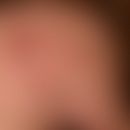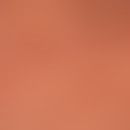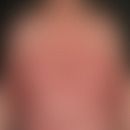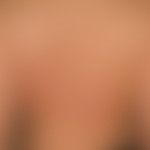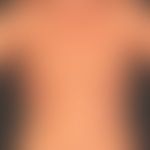Synonym(s)
HistoryThis section has been translated automatically.
Milan and Katchoura, 1932
DefinitionThis section has been translated automatically.
Rare, mild special form of pustular generalized psoriasis (Zumbusch type) with the formation of characteristic, anular and confluent garland-shaped (circulatory) skin patterns. In erythema anulare centrifugum-like psoriasis (EACP), the general symptoms of pustular generalized psoriasis are absent.
You might also be interested in
ManifestationThis section has been translated automatically.
While EACP is rare in adults, it is the most common pustular psoriasis variant in children.
LocalizationThis section has been translated automatically.
Extremities, gluteal, inguinal and abdominal regions. Face, palmae and plantae always remain free. Localized solitary variants have been described.
ClinicThis section has been translated automatically.
Chronic variant of"psoriasis", usually occurring in relapses, which is characterized by its distinctive, annular formations. Depending on the stage of activity, the marginal zones may be covered with dry scales or non-follicular pustules. The itching varies in intensity. The tendency towards centripaedal healing with simultaneous centrifugal progression leads to the characteristic ring-shaped formations and, if the ring structures are confluent, to garland-like formations. Typical is the inward scaling (Collerette scaling) of the annular foci. The foci heal with the formation of coarse lamellar (corneolytic) scaling.
Relapses can (rarely) be associated with a general feeling of illness, fever and possibly also athralgia.
LaboratoryThis section has been translated automatically.
CRP and BSG increased. In the blood count leukocytosis with neutrophilia.
HistologyThis section has been translated automatically.
Superficial dermatitis with subcorneal pustular formation
Differential diagnosisThis section has been translated automatically.
TherapyThis section has been translated automatically.
See below Psoriasis.
Systemic therapeutics of first choice are retinoids in the usual dosages.
Alternatively: ciclosporin A, methotrexate, infliximab, etanercept and adalimumab.
External: glucocorticoids, PUVA therapy.
Progression/forecastThis section has been translated automatically.
The disease can be triggered by infections, medications (NSAIDs in combination with febrile bacterial infections) or hormonal factors. Erythema anulare-like psoriasis can occur in episodes over years. But also the single occurrence is possible, also complicative in case of a previously known psoriasis vulgaris (e.g. by a longer internal administration of glucocorticoids and their discontinuation = steroid withdrawal).
LiteratureThis section has been translated automatically.
- Albert A et al (2007) Erythema annulare centrifugum-like psoriasis cum pustulatione. dermatologist 58:769-773
- Casper U et al (1998) Exfoliatio areata linguae et mucosae oris: a mucous membrane manifestation of psoriasis pustulosa? dermatologist 49:850-854
- Milan G, Katchoura F(1932) Psoriasis pustuleux generalisé. Bull Soc Fr Dermatol Syph 40: 851-852
- Pfohler C et al (2013) Psoriasis vulgaris and psoriasis pustulosa - epidemiology, quality of life, comorbidities and treatment. Curr Rheumatol Rev 9:2-7
- Rotstein H (1996) Psoriasis: changing clinical patterns. Australas J Dermatol37 Suppl 1: 27-29
- Schaefer W et al. (2015) Erythematous Ülaques with centrifugal spreading, collerette-like scaling and pustules. J Dtsch Dermatol Ges 13:464-467
- Soto Lopes MS et al (2013) Paradoxical Reaction to Golimumab: Tumor Necrosis Factor α Inhibitor Inducing Psoriasis Pustulosa. Case Rep Dermatol 7:326-331
Incoming links (9)
Annular dermatoses; Anular pustular psoriasis; Collerette; Erythema anulare centrifugum degos; Erythema anulare centrifugum-like psoriasis; Erythema gyratum repens; Erythema migrans arciforme et palpabile; Erythema necrolyticum migrans; IgA Pemphigus ;Outgoing links (9)
Acute generalized exanthematous pustulosis; Erythema anulare centrifugum; Erythema necrolyticum migrans; IgA Pemphigus ; Psoriasis (Übersicht); Psoriasis vulgaris; Pustular psoriasis; Scale ; Tinea corporis;Disclaimer
Please ask your physician for a reliable diagnosis. This website is only meant as a reference.
